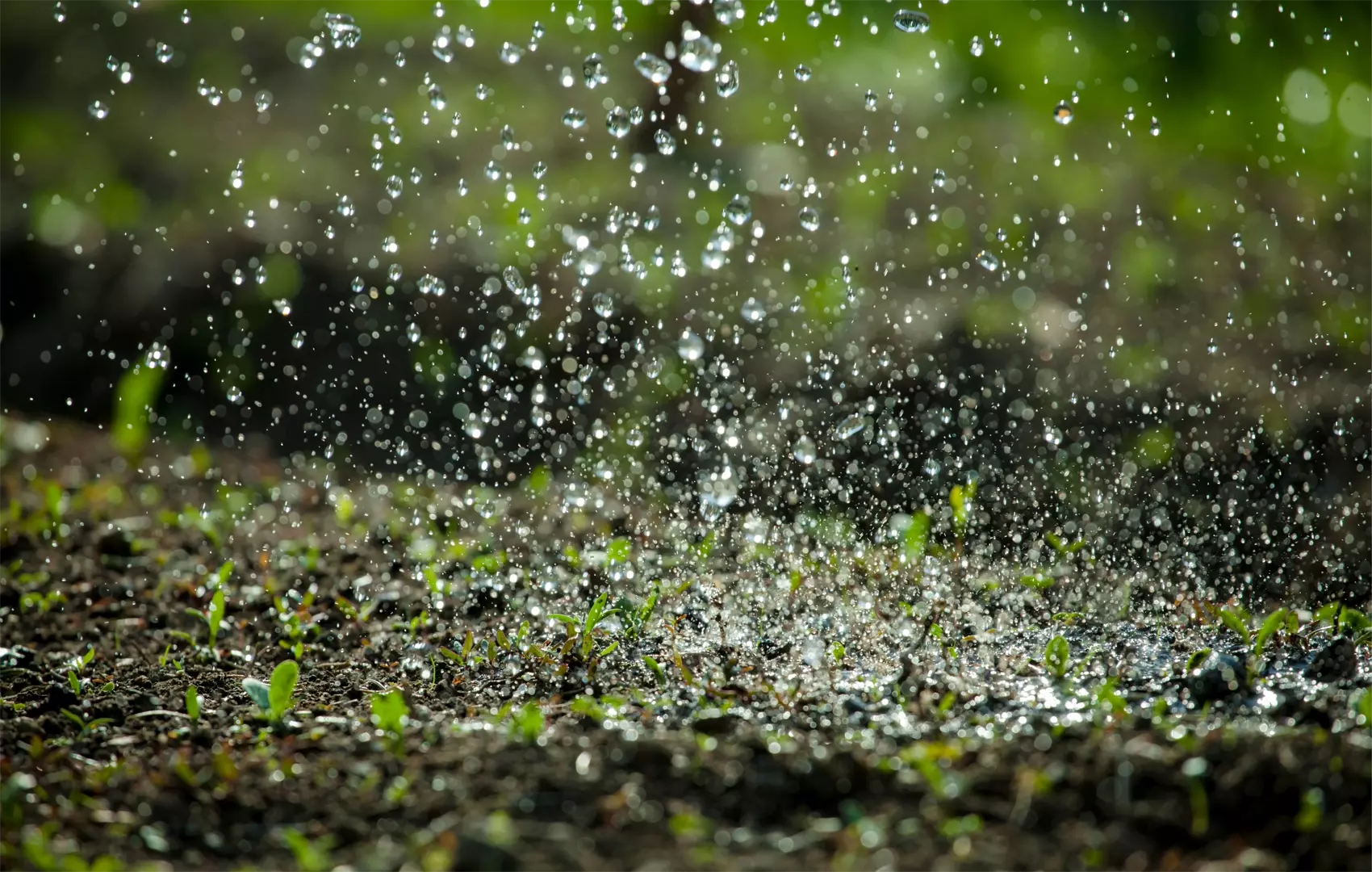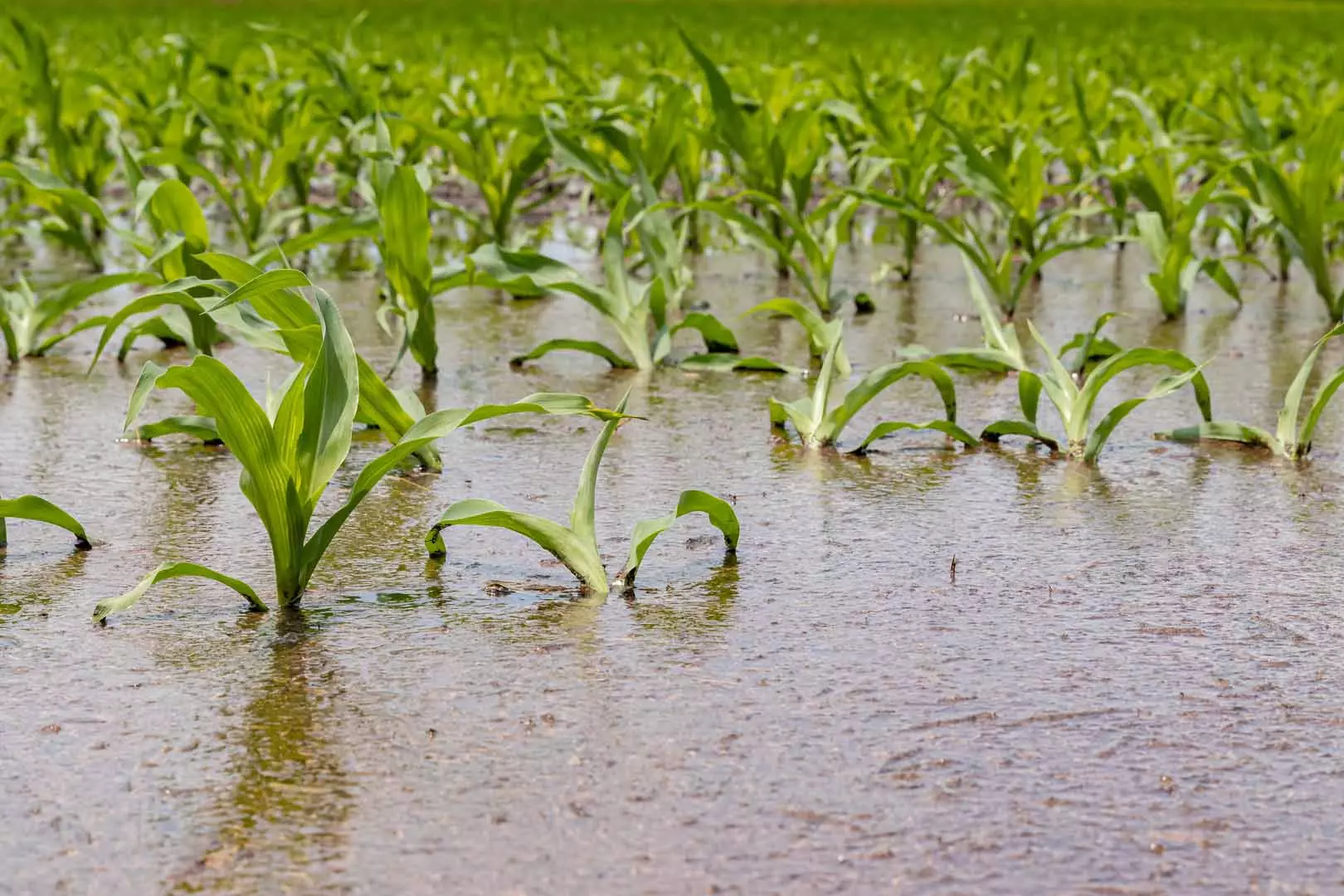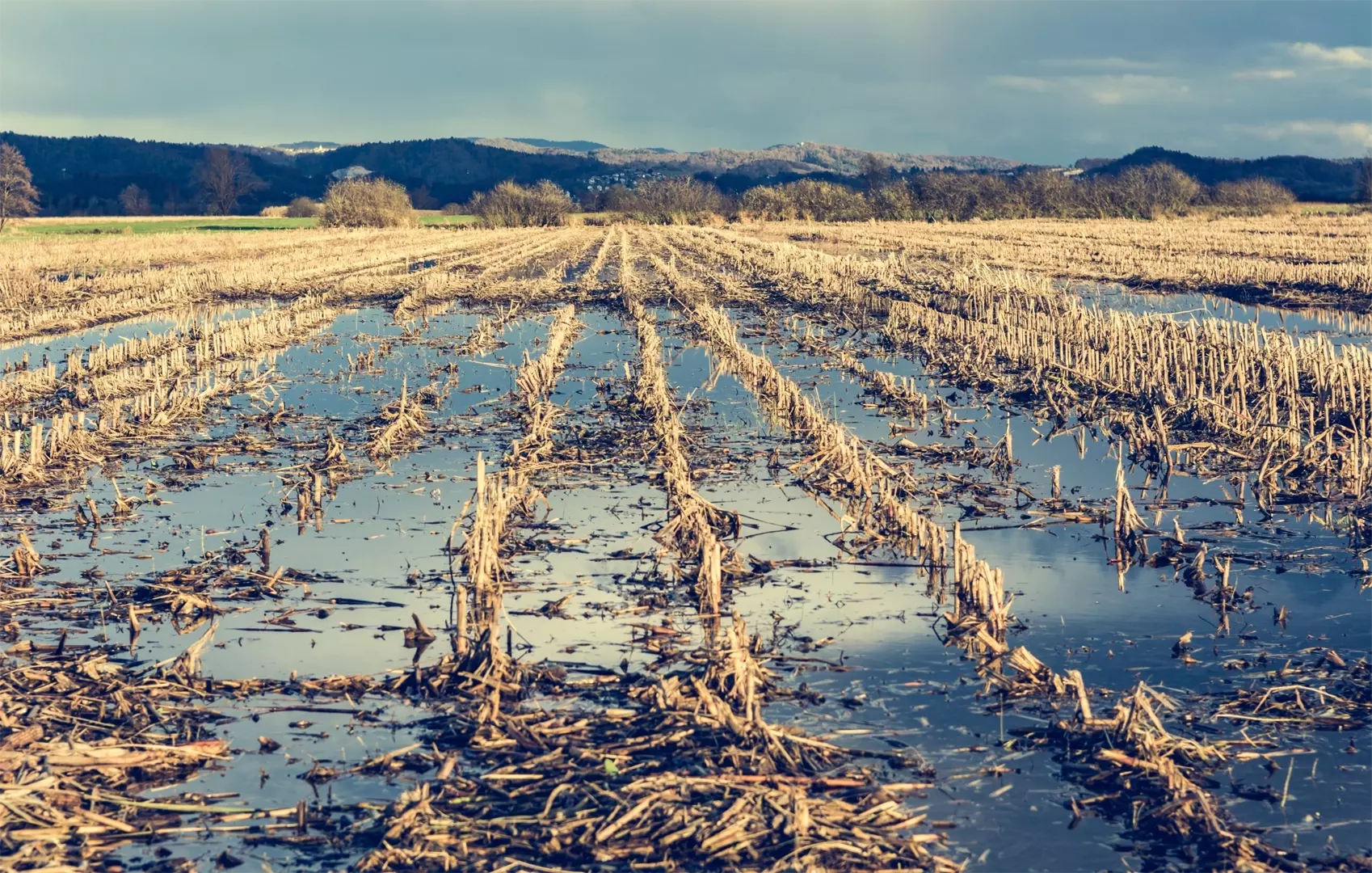Prevented planting
Accurate validation of prevented planting at scale, providing analysis in line with the RMA 1 in 4 rule
Crop insurance plays a crucial role in mitigating risks faced by producers, providing them with financial protection in the event of crop failures. One important aspect of ag insurance is the provision for prevented planting, which offers coverage when adverse weather conditions prevent producers from planting their crops.
When producers face unfavorable weather conditions, such as excessive rainfall, drought, or flood, they may be unable to plant their intended crops within the designated planting period. Prevented planting refers to the situation where producers are unable to sow their crops due to such unavoidable circumstances.
To provide financial protection in these scenarios, crop insurance policies often include provisions for prevented planting. These provisions offer coverage for the costs associated with crop inputs, including seeds, fertilizer, and other necessary expenses. This ensures that producers are not left financially burdened due to circumstances beyond their control.
Prevented planting provides financial stability, risk management, operational flexibility, and market stability. The utilization of SAR technology enhances the effectiveness of prevented planting provisions by facilitating soil moisture mapping, flood monitoring, and crop growth analysis. By combining the benefits of prevented planting provisions and SAR technology, producers and insurance providers can optimize risk management.
What is the ‘1 in 4’ rule?
The 1 in 4 rule, also known as the Risk Management Agency’s (RMA) 1-in-4 requirement, is a regulation implemented by the United States Department of Agriculture’s (USDA) Risk Management Agency. The rule applies to certain crops and is designed to ensure that producers maintain crop rotation and diversification on their land.
Under the 1 in 4 rule, producers who participate in certain crop insurance programs are required to plant an insured crop on at least 75% of the insured acres in one of the four most recent crop years. This means that for each insured acre, at least three out of the previous four years must have been planted with an insured crop. The rule aims to prevent producers from consistently planting the same crop on the same land year after year, which can increase the risk of disease, pests, and soil degradation.
The 1 in 4 rule encourages crop rotation and diversification, which are important practices in sustainable agriculture. By rotating crops, producers can break pest and disease cycles, reduce soil erosion, and improve soil fertility. Additionally, planting different crops can help producers manage market volatility and reduce the financial risks associated with relying on a single crop.
For acreage to be eligible for Prevented Planting crop insurance coverage, it must be available for planting and meet the “1 in 4 rule” and in line with the RMA’s requirements for prevented planting claims, PlanetWatchers can help support validation of the 1 in 4 rule and provide Cause of Loss using SAR (synthetic aperture radar) led analysis and historical data points.
BENEFITS OF PREVENTED PLANTING
There are several benefits of prevented planting to not just producers, but the economy too.
How can SAR help?
Soil Moisture Mapping
SAR can measure soil moisture content, allowing producers and insurance providers to assess the suitability of soil for planting. By monitoring moisture levels, SAR technology helps identify areas at risk of excessive moisture or drought, enabling producers to make informed decisions regarding crop selection and timing.

How can SAR help?
Flood Mapping and Early Warning Systems
SAR’s ability to penetrate clouds and provide accurate images of flooded areas is invaluable for flood mapping and early warning systems. By monitoring flood-prone regions, SAR can help producers and insurance providers with flood detection identify areas at high risk of inundation. This information assists in timely decision-making, allowing producers to consider alternative options or activate prevented planting provisions.

How can SAR help?
Crop Growth Monitoring
SAR can track crop growth and development throughout the growing season. By analyzing SAR images, producers and insurance providers can assess crop health, identify potential yield losses, and determine the necessity of prevented planting provisions. This data aids in accurate risk assessment and effective claim processing.

How can PlanetWatchers help?
We can support you with reducing your loss ratios and increasing claim resolution efficiency with SAR analysis.
We understand the importance of accurate and timely insight that delivers tangible benefits across the crop insurance industry, which is why we operate a continuous monitoring service throughout the season. Combining the sensitivity of our SAR (synthetic aperture radar) analysis with multiple data points, we can accurately identify instances of prevented planting at scale.
SAR data is extremely resistant and can be captured day or night, regardless of cloud cover, allowing for effective monitoring at scale. Our SAR (synthetic aperture radar) led analysis is designed specifically to provide value to crop insurers throughout the season.
A prevented planting claim was made due to flooding within a 400-acre field in 2021. We provided supporting analysis from the dates provided to show the moisture levels within the stated area and used historical analysis to provide activity from the previous 4 years.
Image 1 shows darker blue for the most moisture within the field boundary and surrounding areas, for the dates relating to the claim. We can clearly see that there is a triangle of excess moisture particularly in the top central area of the field marked.
Image 2 shows the planting activity within the field over the last 4 years. We can see that some areas showing heavy moisture have not been active within the last 4 years. This claim would therefore not fit within the RMA 1 in 4 rule and would not be paid out in full.




